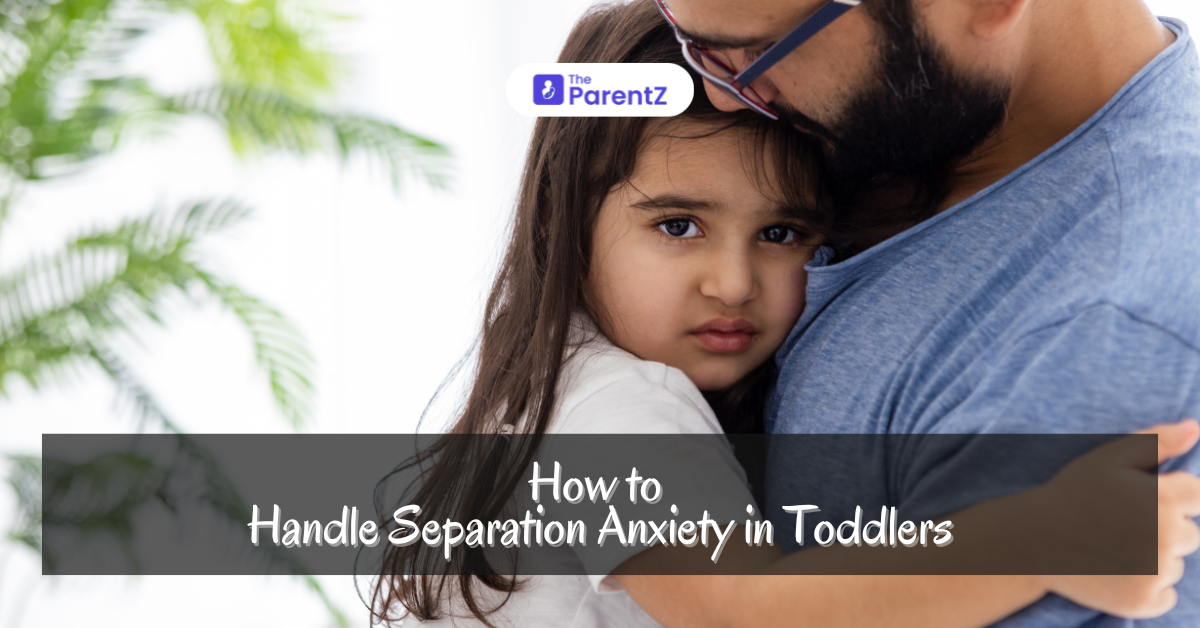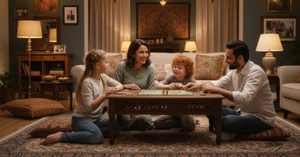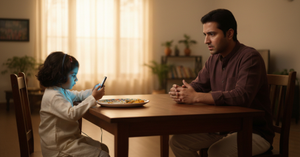Separation anxiety is a common and natural stage in a toddler’s development, typically occurring between 8 months and 3 years of age. While it can be challenging for both children and parents, understanding and addressing this anxiety can help ease the transition and foster a sense of security. This article explores strategies to handle separation anxiety in toddlers, providing practical tips and insights to help parents and caregivers navigate this developmental phase effectively.
Understanding Separation Anxiety
Separation anxiety manifests when a toddler becomes distressed at the prospect of being apart from their primary caregivers. This reaction is a normal part of development, reflecting the child’s growing awareness of their dependence on their caregivers for safety and comfort.
Common Symptoms
- Crying or tantrums when a caregiver leaves the room
- Clinginess and refusal to be with other adults
- Fearful or anxious behavior when anticipating separation
- Difficulty sleeping alone or frequent nighttime awakenings
Causes
- Developmental Milestones: As toddlers develop object permanence, they understand that objects and people exist even when out of sight. This awareness can lead to anxiety about their caregivers’ absence.
- Stranger Anxiety: Around the same age, toddlers also start to experience stranger anxiety, which can exacerbate separation anxiety.
- Changes in Routine: New environments, such as starting daycare or moving to a new home, can trigger or intensify separation anxiety.
Strategies to Handle Separation Anxiety
1. Establish a Consistent Routine
A predictable routine can provide a sense of security for toddlers, making separations less stressful.
- Regular Schedules: Maintain consistent meal, nap, and bedtime schedules. Knowing what to expect helps toddlers feel more in control.
- Goodbye Rituals: Create a special and consistent goodbye ritual. Whether it’s a hug, a kiss, or a special phrase, a predictable farewell can make parting easier.
2. Practice Short Separations
Gradually exposing your toddler to short separations can help them build confidence and trust that you will return.
- Start Small: Begin with brief separations, such as leaving the room for a few minutes. Gradually increase the duration as your child becomes more comfortable.
- Stay Positive: Keep a positive attitude when leaving and returning. Your demeanor can reassure your child that separations are temporary and safe.
3. Provide Comfort Objects
A familiar object can provide comfort and a sense of security during separations.
- Transitional Objects: Give your toddler a favorite blanket, stuffed animal, or toy to hold when you’re apart. These objects can provide emotional support and reduce anxiety.
4. Prepare Your Child in Advance
Preparing your child for separations can help reduce anxiety and build trust.
- Talk About It: Explain to your toddler where you’re going, who will take care of them, and when you’ll be back. Use simple and reassuring language.
- Practice Runs: If possible, visit new places, such as daycare centers, together before the first separation. Familiarizing your child with the new environment can ease anxiety.
5. Be Calm and Confident
Children often take cues from their parents’ emotions. Staying calm and confident can help reassure your child.
- Stay Composed: Even if your child is upset, try to remain calm and composed. Your confidence can help them feel more secure.
- Avoid Sneaking Away: Always say goodbye before leaving, even if it’s difficult. Sneaking away can increase anxiety and break trust.
6. Encourage Independence
Promoting independence through play and exploration can help your toddler feel more secure.
- Encourage Solo Play: Provide opportunities for your toddler to play independently. Gradually increasing the time spent playing alone can build confidence.
- Support Exploration: Encourage your child to explore their environment while ensuring they know you’re nearby. This balance can help them feel secure while fostering independence.
7. Use Positive Reinforcement
Praise and positive reinforcement can help your child feel proud of their achievements and more secure during separations.
- Celebrate Successes: Acknowledge and celebrate small successes, such as staying calm during a short separation. Positive reinforcement can boost confidence.
- Reassure and Comfort: Offer plenty of reassurance and comfort after separations. Let your child know you’re proud of them and that they did well.
When to Seek Professional Help
While separation anxiety is a normal part of development, it can sometimes become more severe and interfere with daily life. If your child’s anxiety is extreme, persistent, or worsening, it may be helpful to seek professional guidance.
Signs to Watch For
- Intense and Prolonged Distress: If your child’s distress during separations is intense and lasts for a long time.
- Impact on Daily Activities: If separation anxiety interferes with your child’s ability to engage in normal activities, such as playing, eating, or sleeping.
- Physical Symptoms: If your child experiences physical symptoms, such as headaches, stomachaches, or frequent nightmares related to separation.
Professional Support
- Pediatrician: Consult your child’s pediatrician for advice and referrals to specialists if needed.
- Child Psychologist: A child psychologist can provide strategies and support for managing severe separation anxiety.
- Therapeutic Programs: Programs such as play therapy or cognitive-behavioral therapy can help children develop coping skills and reduce anxiety.
Conclusion
Handling separation anxiety in toddlers requires patience, understanding, and consistent strategies. By establishing a routine, practicing short separations, providing comfort objects, and preparing your child in advance, you can help ease their anxiety. Encouraging independence, staying calm and confident, and using positive reinforcement are also key to helping your child navigate this developmental phase. If separation anxiety becomes severe, seeking professional guidance can provide additional support. With the right approach, you can help your toddler build confidence and trust, fostering a sense of security and well-being.








Be the first one to comment on this story.